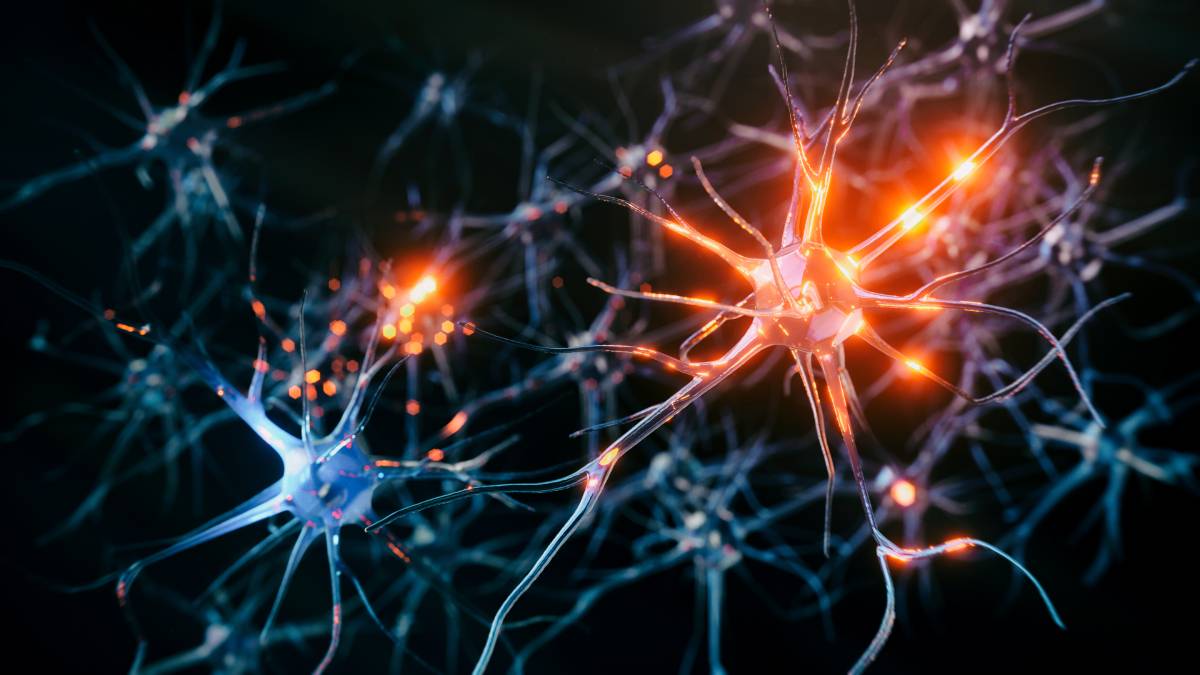Mental disorders are highly debilitating conditions of the central nervous system and are among the leading causes of disability-adjusted life years worldwide. It is generally accepted that these disorders result from abnormal neural activity in certain brain regions, which has the potential to affect neural networks and neuronal plasticity in the entire brain.1 General anesthetics are largely heterogenous chemical substances which are employed during surgery to induce loss of consciousness and amnesia.2 While they are extremely useful in the perioperative setting, their ability to modulate neuronal networks makes it so even a single exposure to these drugs may have long-lasting effects on central nervous system physiology.3 As a result, the effects of anesthesia on depression are of great interest to researchers.
Major depressive disorder (MDD) is a heritable psychiatric condition that is associated with significant cellular and molecular changes in neural networks. Since MDD rarely presents with a clear-cut phenotype, and many of its primary symptoms are hard to measure in animal models (e.g. insomnia or hypersomnia), understanding the underlying neurobiology of MDD has been difficult.4 Currently, available pharmaceutical treatments are also limited by their long onset of action and relatively low rate of efficacy.5 As a direct result, the global burden of MDD continues to increase.
Before pharmacological treatments became the norm for psychiatric disorders, electroconvulsive therapy (ECT) was the most widely practiced treatment for MDD. In practice, this therapy was accompanied by the administration of general anesthesia, to minimize discomfort and other severe consequences. When early observations showed patients with depression who were treated with ECT (and thiopentone anesthesia) and patients treated with only thiopentone had no significant difference in depressive states at follow-up, more clinical trials were conducted to isolate and test this intriguing finding. In 1978, researchers in the United Kingdom conducted a controlled evaluation of ECT, with 16 patients with depressive psychosis receiving unilateral pulse shocks under methohexitone anesthesia and 16 patients receiving the same ECT pre-treatment with a simulated shock therapy.6 Results showed comparable scores on the Hamilton Rating Scale of Depression, assessed under double-blind conditions. A later study conducted in 1995 confirmed these results with isoflurane anesthesia.7 18 years later, the antidepressant effects of isoflurane anesthesia was again confirmed in a study of 20 patients with medication-refractory depression (or treatment-resistant MDD).2,8 The potential for anesthesia to be able to directly reduce depression symptoms has led to significant further research on how exactly that may happen.
An emerging pathophysiological concept is that patients with MDD have alterations in synaptogenesis and neural plasticity, which can lead to serious dysfunction of cortical neuronal circuitries, especially those involved in mood modulation.2 A meta-analysis of neuroimaging methods (including positron emission tomography and functional magnetic resonance imaging) on adults with MDD identified hypoactive regions in the cingulate cortex and hyperactive regions in frontal areas of the brain.9 On a molecular level, both clinical and pre-clinical data show that ketamine (which is an anesthetic well known for its anti-depressive effects) injection increases glutamate release in the cingulate cortex. Subsequent work revealed a positive correlation between these metabolic changes and an improvement in the Montgomery-Asberg Depression Rating Scale.2,10 Ketamine has also been shown to activate the mechanistic target of rapamycin complex 1 (mTORC1), a signaling molecule which regulates activity-dependent protein synthesis in synaptic plasticity. Reductions in mTORC1 signaling are associated with a decreased number and functionality of dendritic spine synapses.
Impaired neural plasticity is one of the most important aspects in the pathogenesis of all psychiatric illnesses, including MDD. Because drugs used in general anesthesia are known to be powerful modulators of synaptic activity in neuronal networks, studying their effect can pave the way towards a better understanding of the human brain and its illnesses, including depression.
References
- Krishnan, Vaishnav, and Eric J. Nestler. “The Molecular Neurobiology of Depression.” Nature, vol. 455, no. 7215, Oct. 2008, pp. 894–902. www.nature.com, https://doi.org/10.1038/nature07455
- Vutskits, Laszlo. “General Anesthetics to Treat Major Depressive Disorder: Clinical Relevance and Underlying Mechanisms.” Anesthesia & Analgesia, vol. 126, no. 1, Jan. 2018, p. 208. journals.lww.com, https://doi.org/10.1213/ANE.0000000000002594
- Vutskits, Laszlo, and Zhongcong Xie. “Lasting Impact of General Anaesthesia on the Brain: Mechanisms and Relevance.” Nature Reviews Neuroscience, vol. 17, no. 11, Nov. 2016, pp. 705–17. www.nature.com, https://doi.org/10.1038/nrn.2016.128
- Krishnan, Vaishnav, and Eric J. Nestler. “Linking Molecules to Mood: New Insight into the Biology of Depression.” American Journal of Psychiatry, vol. 167, no. 11, Nov. 2010, pp. 1305–20. ajp.psychiatryonline.org (Atypon), https://doi.org/10.1176/appi.ajp.2009.10030434
- Jick, Hershel, et al. “Antidepressants and the Risk of Suicidal Behaviors.” JAMA, vol. 292, no. 3, July 2004, pp. 338–43. Silverchair, https://doi.org/10.1001/jama.292.3.338
- Lambourn, J., and D. Gill. “A Controlled Comparison of Simulated and Real ECT.” British Journal of Psychiatry, vol. 133, no. 6, Dec. 1978, pp. 514–19. DOI.org (Crossref), https://doi.org/10.1192/bjp.133.6.514
- Langer, G., et al. “Isoflurane Narcotherapy in Depressive Patients Refractory to Conventional Antidepressant Drug Treatment.” Neuropsychobiology, vol. 31, no. 4, 1995, pp. 182–94. DOI.org (Crossref), https://doi.org/10.1159/000119190
- Weeks, Howard R., et al. “Antidepressant and Neurocognitive Effects of Isoflurane Anesthesia versus Electroconvulsive Therapy in Refractory Depression.” PLoS ONE, edited by Lin Lu, vol. 8, no. 7, July 2013, p. e69809. DOI.org (Crossref), https://doi.org/10.1371/journal.pone.0069809
- Diener, Carsten, et al. “A Meta-Analysis of Neurofunctional Imaging Studies of Emotion and Cognition in Major Depression.” NeuroImage, vol. 61, no. 3, July 2012, pp. 677–85. ScienceDirect, https://doi.org/10.1016/j.neuroimage.2012.04.005
- Nugent, Allison C., et al. “Neural Correlates of Rapid Antidepressant Response to Ketamine in Bipolar Disorder.” Bipolar Disorders, vol. 16, no. 2, Mar. 2014, pp. 119–28. DOI.org (Crossref), https://doi.org/10.1111/bdi.12118
